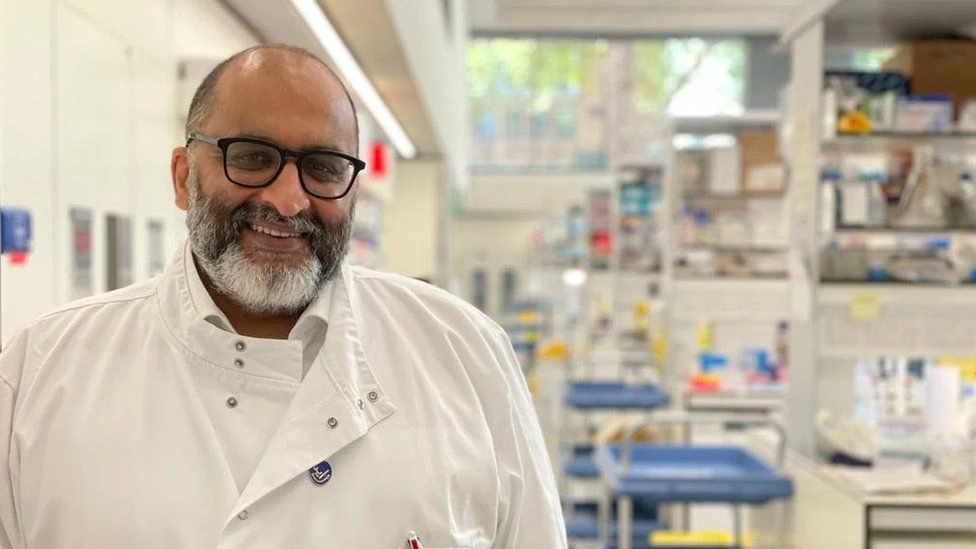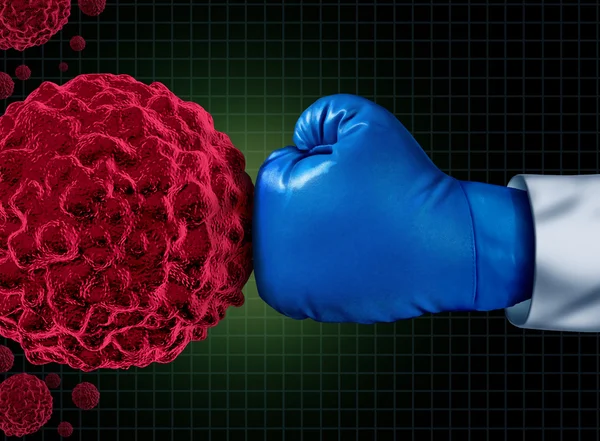After receiving the first treatment for severe leukaemia using a novel type of CRISPR termed base editing, a teenager with the disease no longer has any detectable cancer cells. It won’t be known for a few years if she will continue to be free of the illness.

Other therapies had failed to help the 13-year-old girl, Alyssa. She received a dosage of immune cells from a donor that had been altered to combat cancer as part of a trial. Test results showed she was in remission 28 days later.
In a statement issued by Great Ormond Street Hospital in London, one of the doctors caring for Alyssa said, “This is quite remarkable, even though it is still a preliminary result, which needs to be monitored and confirmed over the next few months.” Robert Chiesa is one of the doctors caring for Alyssa.
Immune cells in the bone marrow multiply out of control, which results in leukaemia. It is often treated with chemotherapy, which destroys all bone marrow cells, and a transplant of healthy bone marrow. In most instances, this is effective. In the event that it doesn’t work, medical professionals can try CAR-T therapy.
This entails giving a T cell, a subtype of immune cell, a gene that instructs it to seek out and eradicate malignant cells. CAR-T cells are the name for the altered cells.
Initially, all CAR-T therapies required the removal, modification, and replacement of the patient’s own T cells. T cells from another individual assault every cell in the recipient’s body if they are utilised. When a person is seriously unwell, it is frequently impossible to collect enough T cells to produce CAR-T cells using this customised strategy since it is so expensive.
To get around these limitations, various medical groups have started gene-editing T cells so that they may be obtained from a single donor and utilised to treat a variety of patients. Waseem Qasim and his colleagues at the University College London Great Ormond Street Institute of Child Health were the first to do this in 2015, successfully treating Layla, a 1-year-old child, after all previous treatments had failed.
For individuals with leukaemia that involves so-called B cells, an additional type of immune cell, this strategy is currently accepted in the UK. T cells caused Alyssa’s leukaemia, and if CAR-T cells are altered to target other T cells, they simply obliterate one another.
Therefore, Qasim’s team added another modification to the CAR-T cells by deleting the gene encoding the receptor that distinguishes them from other types of cells. These CAR-T cells require simultaneous editing of four genes, which creates even another issue.
In traditional gene editing, DNA strands are cut, and the ends are then joined by the cell’s repair mechanisms. Sometimes, cells perish as a result of numerous wounds done at once. Even if they live, the incorrect ends can be reassembled, causing significant changes that may eventually turn the cells malignant. This is more likely to happen the more gene editing that is done.
In order to avoid cutting DNA, Qasim and his team instead used base editing, a method that involves changing one DNA letter to another rather than cutting DNA. The first patient to receive base-edited CAR-T cell therapy was Alyssa.
For the first time, she is in remission, and we are extremely happy about that, adds Qasim.
In this instance as well as for genetic illnesses, base editing is extremely promising, according to Robin Lovell-Badge of the Francis Crick Institute in London. According to him, numerous other CRISPR base editing therapies are currently being created.
Source: BBC











